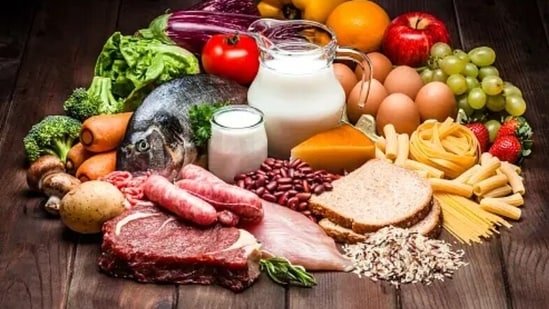
Raising India’s share in the exports of 20 agricultural products excluding rice and wheat to 10% from the current 2.2% underlines welcome ambition on the part of the government. With close to 46% of the country’s workforce engaged in agriculture, it has to be made more remunerative — a recurrent poll promise made by political parties across the spectrum. There is an opportunity in the projected global food demand over the next few decades. Besides, climate stress is starting to show in agricultural productivity. India must cash in on it. Outlining an export target sets the tone for this.

That said, no agriculture export focus will seem meaningful if the government remains free to impose export bans/restrictions every time prices in the domestic market start to pinch. Agri-exports in the April-February 2023-24 period fell by just under 9% over the corresponding period in 2022-23, largely because of the restrictions and bans on products such as rice, wheat, sugar, and onion, with the Red Sea and Russia-Ukraine crises also playing a role. While rice and wheat are not on the list of the targeted products, onion is. However, the ban on onion exports, announced in December 2023, was extended indefinitely in March. Given food inflation has proved difficult to tame, and there is uncertainty over when it is likely to cool, chances are, the ban will stay till the elections are over. If the cost of the thali (a typical Indian meal) remains the barometer against which political intent to boost agri-exports is calibrated, an export target could mean little.
India must also improve compliance with phytosanitary standards, be it pesticide use in farms or post-harvest storage to prevent deterioration. Raising farm exports needs concerted efforts in multiple fields and there is no room for half-measures.







